Top Tips to Improve Your Sports Betting Skills
Top Tips to Improve Your Sports Betting Skills فهم الأسس العامة للمراهنات الرياضية تعد المراهنات الرياضية من الأنشطة الترفيهية التي تتطلب مزيجًا من الفهم والمعرفة والخبرة. إذا كنت ترغب في
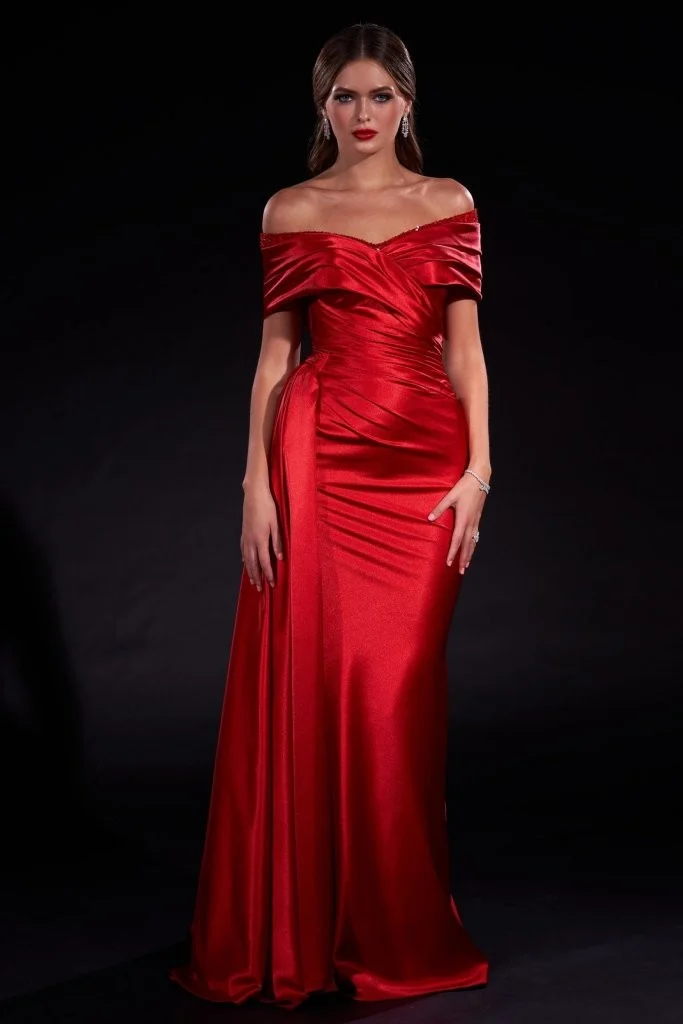
There is something undeniably magnetic about a couture dress, which is the kind of gown that doesn’t just fit, but transforms, elevates, and tells a story stitched in silk. For many women, the desire to wear a one-of-a-kind piece crafted just for them goes beyond fashion; it is about identity, emotion, and the celebration of their most significant moments. A couture dress is not simply worn, it is experienced. It captures personality, heritage, dreams, and sometimes even entire chapters of a woman’s life within each fold and bead.
But what actually goes into the making of such a piece? What journey does a dress take before it graces the runway or becomes the centerpiece of a wedding aisle? The process is far more complex than most people realize. Behind the glamour is a deeply intricate dance of creativity, craftsmanship, and countless hours of dedication from the designer and atelier alike. This guide unveils the intricate process behind a couture dress, from the first spark of inspiration to the final runway reveal. Discover how each gown is brought to life through vision, craftsmanship, and meticulous detail, creating a one-of-a-kind masterpiece that celebrates identity, elegance, and personal storytelling.
It all begins with a vision. Whether inspired by nature, art, architecture, or a client’s unique story, the initial idea for a haute couture dress takes shape through meticulous sketching. Designers often create dozens of drafts before arriving at a design that captures both imagination and technical possibility. The sketch must be both visually arresting and grounded in construction logic to strike a balance between fantasy and form.
This concept is then refined through detailed discussions between the designer and the client. Every element, from neckline to train, is considered. The creative dialogue is deeply personal, often revealing hidden aspirations or emotions that shape the final look. These early sessions also establish trust and alignment, ensuring that the designer fully understands the client’s vision. Color palettes, mood boards, historical references, and lifestyle details are often brought into the conversation to enrich the concept. The resulting sketch becomes more than just a drawing; it is a visual promise of what is to come.
Choosing the right fabric is just as important as the design itself. Silk mikado, organza, duchess satin, or lace have different textures, weights, and flows that influence the drape and overall silhouette. Clients exploring a wedding dress couture experience often gravitate toward silks and hand-embroidered lace to reflect tradition, intimacy, and timelessness.
For a bold black couture dress, designers might turn to velvet or matte crepe to create drama and depth, while a romantic white couture dress might rely on layering soft tulle or chiffon for a light, ethereal feel.
At this stage, fabric testing begins, which involves draping, folding, and pinning on a mannequin to understand how the material behaves in motion. Texture, transparency, and movement are all scrutinized before the first cut is made.
Measurements in couture are not a quick process. Clients are measured with extreme precision, often over multiple sessions. The body is treated as a three-dimensional sculpture, with every curve, hollow, and angle accounted for. Precise measuring ensures that the garment will hug the body in all the right places without restricting movement.
Using these measurements, the atelier creates a base pattern or “toile” from a test fabric, usually muslin. This mock-up is essential for checking proportions, making adjustments, and setting the groundwork before the final fabric is even touched. Every couture dress process involves multiple fittings, ensuring the foundation is nothing short of flawless. The toile acts as a blueprint, allowing both designer and client to visualize the silhouette and refine structural elements such as boning, darts, and paneling. It is in this stage that hidden design challenges are addressed early, paving the way for a seamless transition into final construction.
Once the toile is perfected, the final fabric is cut by hand, slowly and with care. Unlike mass-produced garments, where dozens of layers are cut at once by machine, couture demands individual attention to each panel. Seam allowances, grainlines, and fabric motifs must all align perfectly.
Hand-sewing dominates the process. Invisible hems, delicate darts, silk linings, and reinforced seams are constructed with a level of care that machines cannot match. Beading and embroidery are also done by hand, stitch by stitch, hour after hour. A couture wedding dress can take hundreds of hours of labor, especially when incorporating intricate detailing or traditional craftsmanship like French lace appliqué or metallic threadwork. That’s why proper gown storage and maintenance is essential to preserve its beauty for years to come.
Throughout the process, fittings take place at key milestones. These are not just to assess size, but to refine posture, silhouette, and movement. Adjustments may be made to contour the bodice closer, reshape sleeves, or rework the hem length to match a specific heel height.
Designers often use these moments to fine-tune embellishments, re-drape necklines, or shift details slightly to better suit the wearer’s energy. These changes might seem imperceptible to the untrained eye, but they create a powerful emotional and visual effect when seen in full form. Multiple fittings also allow clients to see their vision evolve, building anticipation and confidence. Every tweak is guided by precision and intuition, ensuring that the final fit not only flatters the body but feels natural and empowering to wear.
When the garment is finally complete, the last stage is presentation. For some, this moment happens in front of friends and family: when the dress is worn on a wedding day, gala evening, or private event. For others, it takes place on the runway.
Every black couture dress or sweeping bridal gown must travel well and be styled with care, often with support from the original atelier. Final steaming, pressing, and styling ensure that the garment shines with the same intent it had in sketch form. Accessories, makeup, and hairstyle are thoughtfully coordinated to complement the gown’s design, enhancing its full impact. Lighting, backdrop, and movement are considered during runways or photoshoots to showcase the craftsmanship at its best. This final reveal is not just a presentation, it is a celebration of the artistry, emotion, and collaboration that brought the dress to life.
From the first idea to the final reveal, creating a couture dress is all about skill, personal style, and careful handwork, turning each gown into something truly unique. Each detail reflects your story, crafted to fit you perfectly and make every moment memorable. This commitment to artistry ensures every piece stands out with timeless beauty, bringing confidence, joy, and a sense of true individuality that stays with you long after the gown is worn.
Are you looking for a couture dress in the UAE by a skilled fashion designer? Let us bring your dream gown to life, Sophia Bognem offers a truly personal couture experience in Abu Dhabi. From your first sketch to the final fitting, every step is tailored to you. To start your journey, you may reach us at +971 52 9666276 or email support@sophiabognem.com. Let your dream dress begin with us.
Top Tips to Improve Your Sports Betting Skills فهم الأسس العامة للمراهنات الرياضية تعد المراهنات الرياضية من الأنشطة الترفيهية التي تتطلب مزيجًا من الفهم والمعرفة والخبرة. إذا كنت ترغب في
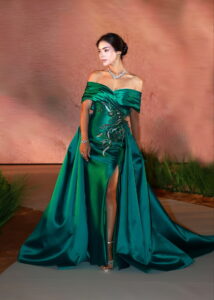
Have you ever wondered how runway trends from Paris, Milan, or New York make their way to the streets of Dubai and Abu Dhabi? The UAE’s fashion scene has evolved
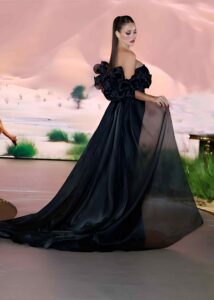
Are you tired of trying on countless dresses in stores, only to leave empty-handed? Buying dresses online can be tricky, but with the right approach, you can find styles that
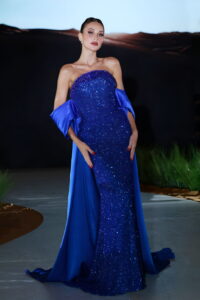
Are you searching for a gown that blends simplicity with elegance? Choosing the right simple gown design can make you stand out at any event while keeping a sophisticated charm.
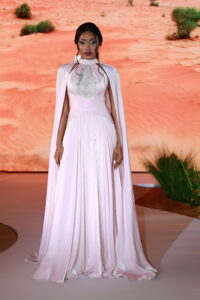
Have you ever watched a celebrity glide across the red carpet and wondered how you could pull off that same dazzling look? Dressing to impress at an event isn’t just
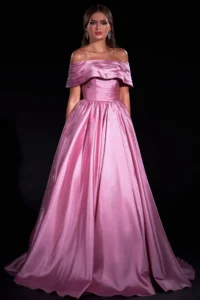
Founded in 2016 and headquartered in Abu Dhabi, Sophia Bognem is a premier luxury couture house offering an ultra-personal, timeless fashion experience for women across the UAE. The house serves
WhatsApp us
